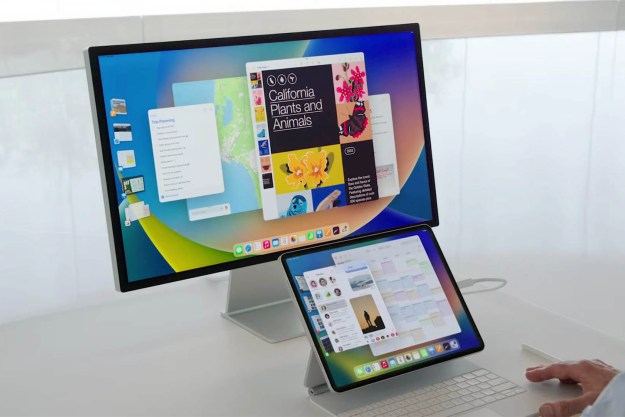 The patent war between Samsung and Apple took another turn this week, with Samsung dropping its patent-infringement countersuit against Apple to focus on its defense, reports Bloomberg.
The patent war between Samsung and Apple took another turn this week, with Samsung dropping its patent-infringement countersuit against Apple to focus on its defense, reports Bloomberg.
According to Samsung spokesman Nam Ki Yung, who spoke with Bloomberg, Samsung dropped the suit on June 30 “to streamline the legal proceedings.” Samsung will continue its patent defences in another counter-claim in a suit filed by Apple at the same US federal court in San Jose, California.
Samsung’s now-void countersuit against Apple, originally filed in April, claimed that Apple had copied its Galaxy line of smartphones and tablets in the design of Apple’s iPhone and iPad devices. This came in response to an initial lawsuit filed two weeks prior by Apple, which argued that Samsung had actually copied Apple’s iOS devices with their Galaxy Tab touchscreen tablet and a variety of their smartphones, the Galaxy S 4G, Epic 4G and Nexus S.
The Samsung countersuit famously demanded that Apple show the company its upcoming iPhone 5 and iPad 3 devices, a request the presiding judge denied.
The Samsung-Apple legal battle has become an international fight, with litigation proceedings taking place in at least five countries across the globe, including South Korea, Japan, German and the UK. According to Samsung, the halt of one of its lawsuits in California will not affect the rest of its patent defenses elsewhere.
“Samsung will continue to actively defend and protect our intellectual property,” said Nam.
Reports indicate that Apple could release both the iPhone 5 and iPad 3 as early as fall of this year.
Editors' Recommendations
- Which iPads does the Apple Pencil Pro work with? Here’s the full list
- Shopping at Apple this holiday season? You should know this
- iPhone 15 Pro overheating? Apple is (finally) on the case
- Watch all of Apple’s Wonderlust videos right here
- Hermès removes all leather Apple Watch bands from its site


